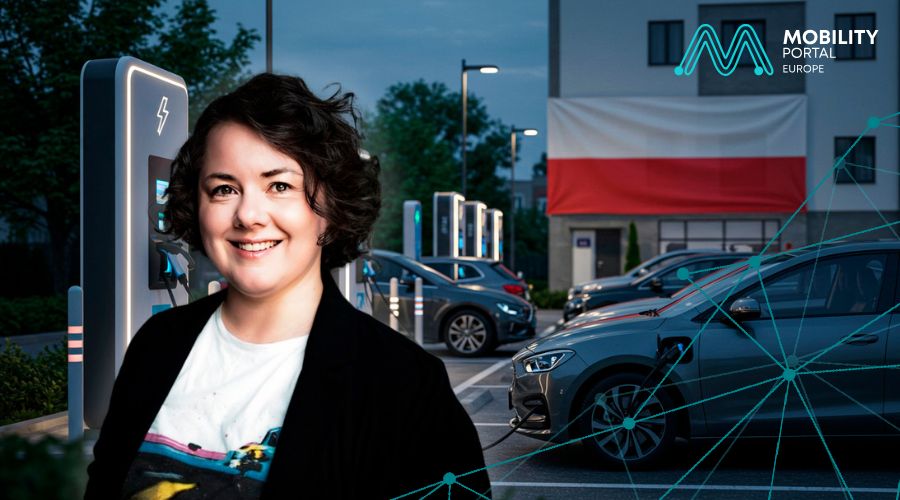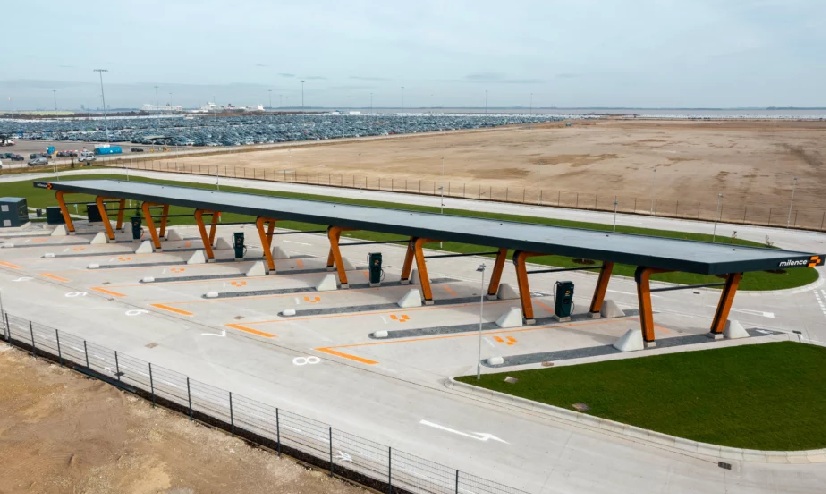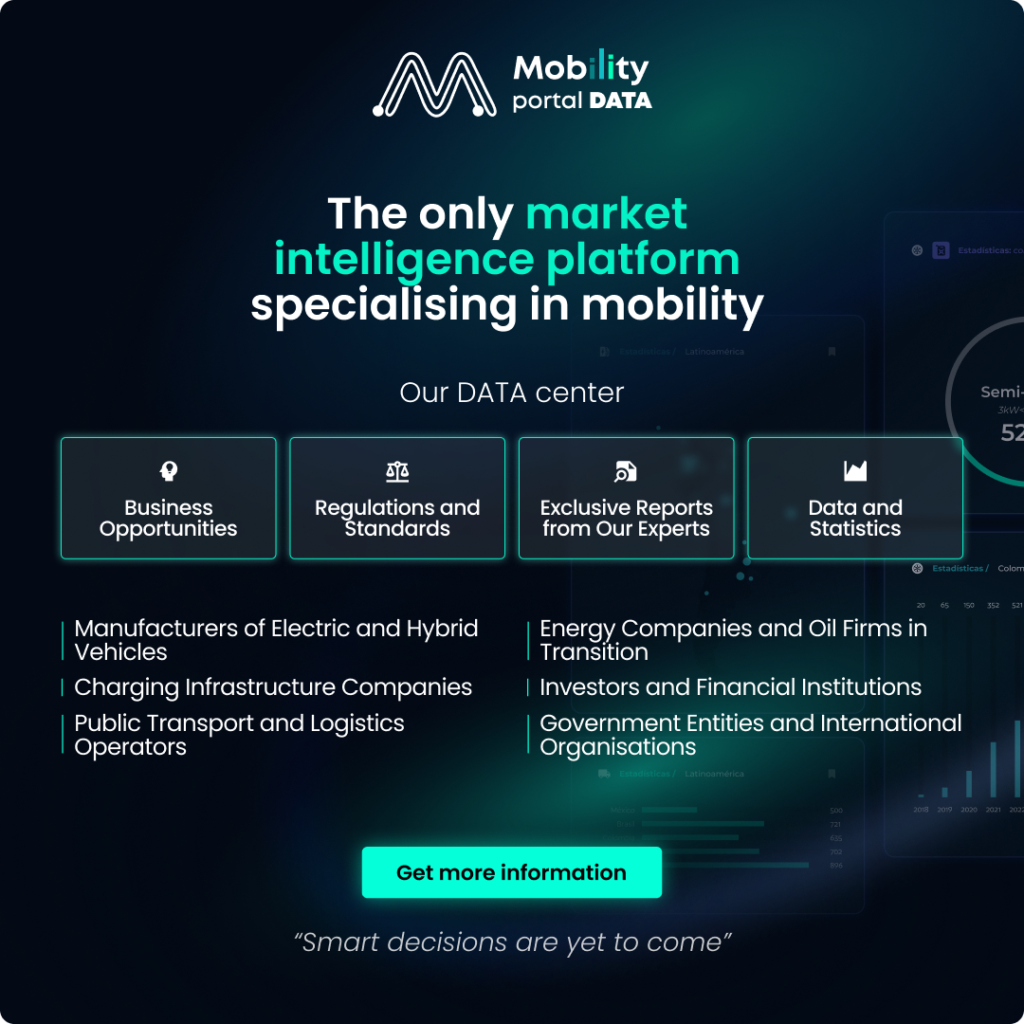E-buses are continuing to advance in Germany: by the end of 2024, they will account for around ten percent of the German city bus fleet.
Since the end of 2020, their number has increased sixfold.
However, the growth has not been exponential in recent times, but rather steady.
Nevertheless, transport companies in Germany have ambitious procurement plans for the coming years – more than 9,000 new e-bus acquisitions are already known.
These are some of the key findings from PwC’s seventh E-Bus Radar.
The analysis focuses on vehicles with more than eight passenger seats (vehicle class M3), electrified drives, and external energy supply, which are considered “emission-free” under the European Union’s “Clean Vehicles Directive” (CVD).
“The performance and operational capability of battery buses have now closely approached that of diesel buses in recent years – the emission-free alternative is now practically feasible in many cases,” says Maximilian Rohs, Public Transport Leader and Director of Infrastructure & Mobility at PwC Germany.
He continues: “However, even though costs are expected to decrease in the long term, without additional financial and support instruments, the shift in bus propulsion is likely to stagnate.”
Of the approximately 35,000 city buses in Germany, 3,375 are buses with emission-free drives.
The majority of them are battery-electric buses: 2,946 units, or 87 percent.
The rest is made up of 339 fuel cell buses (about ten percent) and 90 trolleybuses (about three percent).
Battery buses are generally the cheaper e-bus alternative – but still significantly more expensive than diesel buses
Battery buses dominate e-bus fleets primarily for cost reasons: the total cost of a 12-meter-long battery bus over its entire vehicle life is currently about a quarter cheaper than that of a fuel cell bus.
Nevertheless, they are still significantly more expensive than conventional diesel buses: they cost about two and a half times more to acquire; even over their entire lifecycle, diesel buses are around 30 percent cheaper than battery-powered models.
By 2030, this difference is expected to decrease to around 11 percent, but cost parity is unlikely to be reached.
Therefore, the authors of the E-Bus Radar stress that the shift in propulsion without additional financial and support instruments could stall.
Five manufacturers with a combined 85 percent market share
Five manufacturers dominate the e-bus market.
Together, they hold an 85 percent market share: the market leader is Mercedes-Benz (Daimler Buses) with a fleet of 1,226 vehicles (36 percent market share), followed by Solaris with 556 e-buses (16 percent), MAN with 436 units (13 percent), VDL with 390 vehicles (12 percent), and EBUSCO with 260 e-buses (8 percent).
Hamburg leads in e-bus adoption
Looking at the regions, Hamburg and its surrounding area lead the way in e-buses in 2024: the bus operators Hochbahn and VHH operate a total of 567 vehicles; the Cologne public transport company and Regionalverkehr Köln together have 247 e-buses, with Berlin just behind with 227 vehicles.
In particular, the Hanseatic and capital cities have ambitious expansion plans: Hamburg aims to put around 960 additional vehicles on the road by 2035, while Berlin plans to add nearly 1,150 e-buses.
Overall, it is noticeable that although German transport companies still have ambitious expansion plans, acquisitions are sometimes being pushed back significantly due to current conditions.
The primary reason for this is financial.
For example, the federal government prematurely ended its e-bus funding programme following the Federal Constitutional Court’s ruling on the Climate and Transformation Fund (KTF).
“The ambitious procurement plans of transport companies show that they are serious about the shift in propulsion. However, we also observe that companies are having to push their acquisitions back significantly – into the 2030s. The main reason for this is financial,” states Felix Krewerth, Manager, Infrastructure & Mobility at PwC.
READ MORE
-
Can a “super ministry” accelerate electric mobility in Poland?
While registrations of zero-emission vehicles are breaking records in the country, industry leaders warn of the political challenges accompanying the progress of eMobility: “New regulations should be prepared at the beginning of autumn.” Could a state restructuring be the answer?
-
Spark Alliance: the largest and most trusted charging network is now live
Created by 4 of Europe’s leading CPOs, the Spark Alliance is setting the bar for what EV charging should be: fast, seamless, and flawlessly connected. What does it consist of?
-
Europe has 1,100 public E-Truck chargers but distribution remains uneven
In a new white paper, Milence delivers a clear, data-driven answer: while today’s infrastructure can support the current fleet, rapid and strategic expansion is essential to enable widespread adoption by 2030. How can this trend be accelerated?










